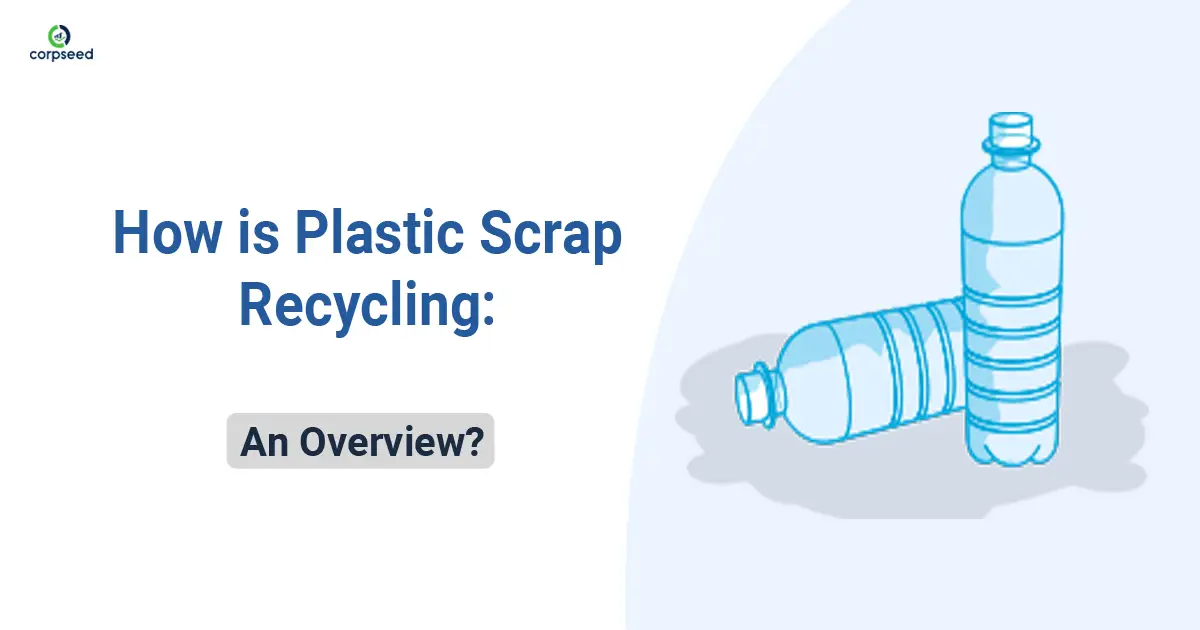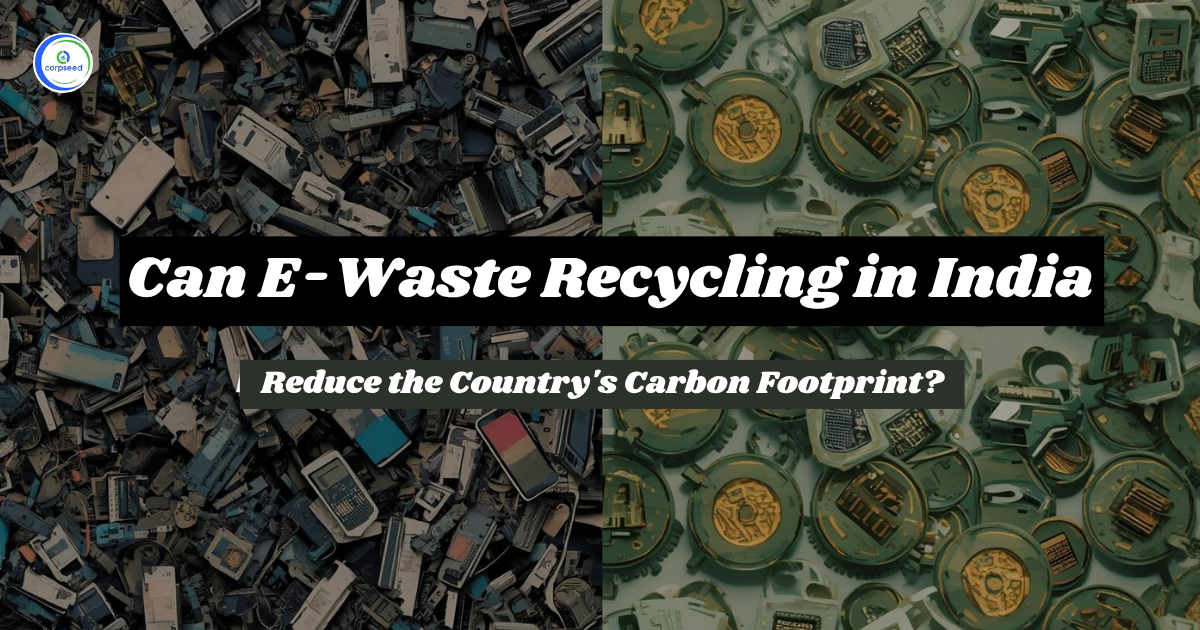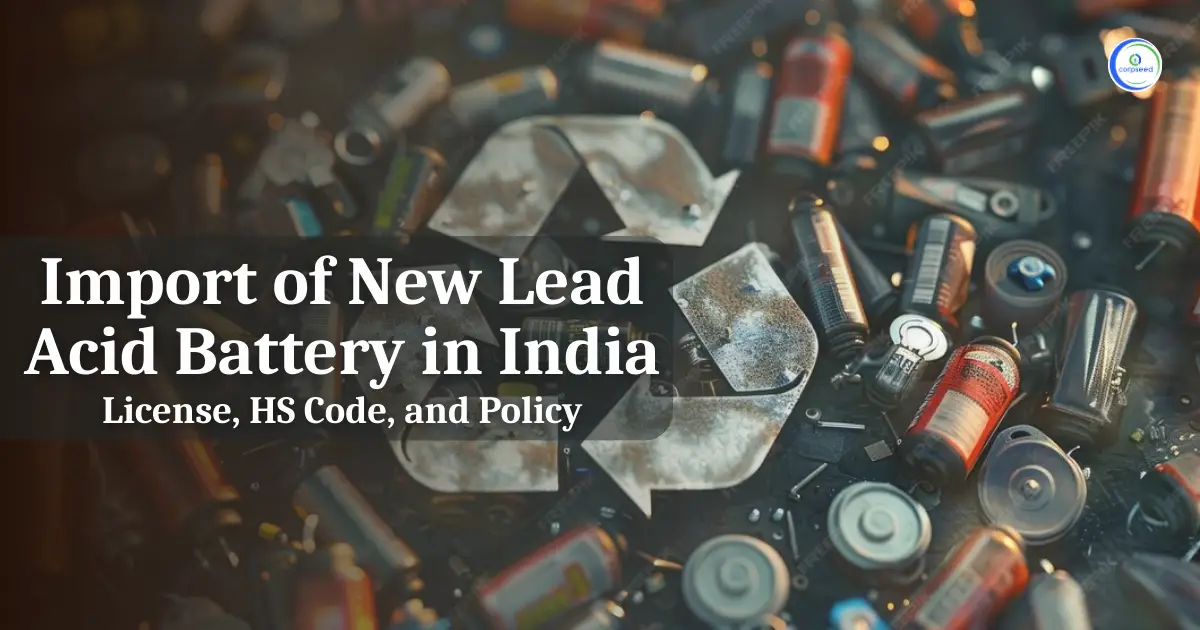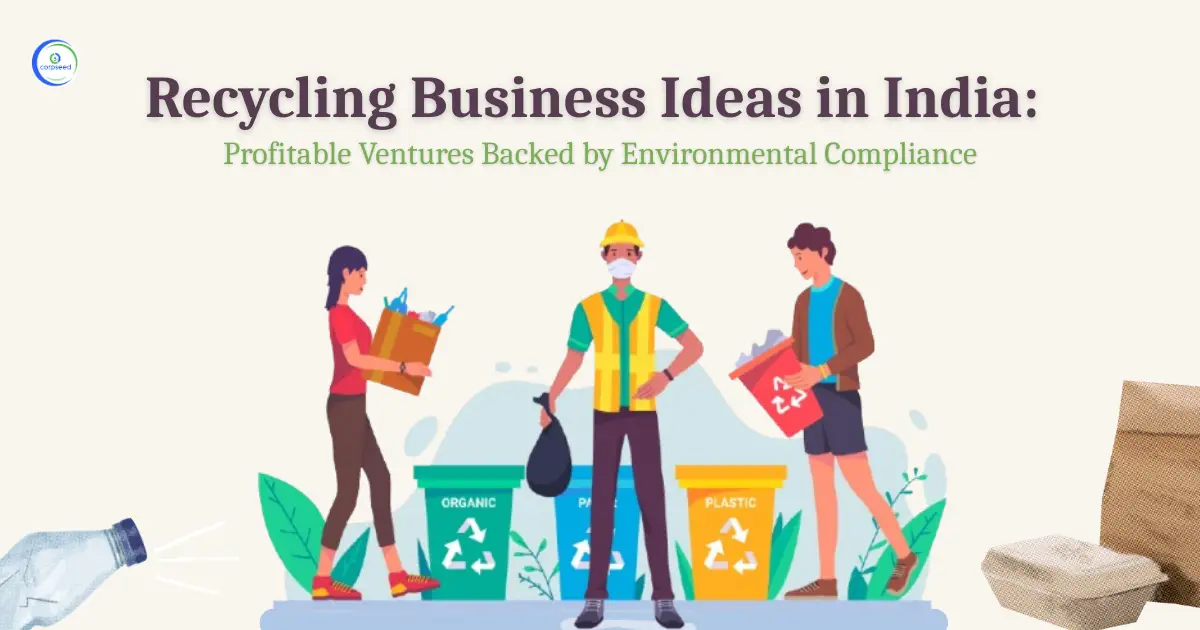Introduction: Plastic Scrap Recycling
Plastics are a type of organic polymers that have been synthesized, primarily composed of petrochemical feedstocks. Early 1900’s paved way for invention of first kind of plastic, being Bakelite. Thereafter polyethylene was invented in 1930’s and since then there has been no turning back for development in the arena of plastics. Management of Plastic waste has become an increasing issue throughout the world as society at large steadily make use of it.
Table of Contents
--------------Blog Contact Form-------------
For complex uses, plastics have a lots of benefits. Plastics are quick to mould, do not corrode, and decompose at a very slow rate, and their properties can be adjusted to particular conditions by using composites or incorporating specific layers or chemicals. Plastic recycling is one of most important methods for reducing the environmental issues caused by plastic waste.
Furthermore, plastics are largely manufactured from petrochemical feedstocks that have really grown in price in recent decades, are confined in a limited number of areas, and will be scarce in the coming decades. As a result, plastic recycling would then greatly reduce the use of fossil fuels.
Read Our Blog: Importance of Plastic Recycling
Benefits of Plastics
The following are the key reasons for the persistent growth in demand for plastics:
- Plastics are deemed to be low-density solids, facilitating the production of lightweight objects.
- Plastics are commonly used for insulation because of their quality of being low thermal and electric conductivity.
- Plastics can be conveniently moulded into whatever form you choose.
- Plastics entail low cost
- Plastics degrade at much lower rate
- Plastics display high resistance to corrosion
Plastic and its Use
Plastics come in a vast range of shapes and sizes, and their uses are equally diverse. Plastics are now used in nearly everything we do and its use is present almost in every part of our lives. Plastic finds application in the following:
- Construction
- household wares
- automotive
- electronics
- Packaging
Types of Plastic
There are two major types of plastics which are:
Thermoplasts: When subjected to heat, thermoplasts do not experience transformations and can be shaped again.
Thermosets: Thermosets will only melt and take form once; after that, they remain solid. A chemical reaction happens in the process of thermosetting that is permanent. Thermosets are more difficult to recycle and can only be achieved by a chemical procedure.
Read Our Blog: Why Single-Use Plastics Considered Bad - What You Can Do About It
How Does Plastic Impact the Environment?
Because of the enumerated facts, plastic waste casts a major environmental effect.
- Plastic products entail an incessant presence in the environment due to their susceptibility to degradation at lower rate.
- Since plastic constitutes numerous additives and colorants, it is believed that plastic contribute large amounts of cadmium to municipal solid waste.
- Plastics have a larger visual effect on disposal than just about any other substance owing to their low density. Similarly, the light weight of plastics is the cause of major restrictions on plastic waste disposal due to higher collection and shipping costs.
- Since plastic waste is incorporated in with other solid wastes in MSW, complicated and expensive separation techniques are needed to achieve relatively pure and differentiated plastic streams.
How to Manage Plastic Waste?
The introduction of a range of solid waste management strategies to minimize both the environmental effects of various forms of waste and the environmental degradation has resulted from widespread concerns regarding environmental safety and resource depletion. Plastic waste management cannot be viewed as a separate issue; it must be seen as an integrated part of the international waste management mechanism. Plastic waste can be managed through following ways:
- Reduction: Eliminating raw material use by better product design can result in a substantial reduction in waste produced at the end of a product's life cycle.
- Reuse: This is most commonly applicable to packaging materials, and it is described as any process in which wrapping goods are restocked or used for the similar reason for which they were designed, with or without the assistance of auxiliary materials. People and companies are urged to embrace the reuse of products and packaging rather than discarding them.
- Recycling: Since recycled materials are mostly of inferior quality than new products, this causes waste to be reintegrated into the consumption chain, mostly in secondary application areas. Recycling can only be used where the energy consumed throughout the recycling process is less than the measure of energy used in creating new products.
- Energy recovery: Incineration could be put to use in order to extract energy from waste where recycling is not possible or there is no demand for the recycled commodity. Since plastics have a high calorific value, they contribute significantly to the energy generated in power plants.
Read Our Blog: Plastic Waste Management
Recycling of Plastics
Plastic scrap recycling involves the following methods:
- Mechanical recycling: Thermoplastics are the only materials that can be recycled mechanically. Mechanical recycling which is also known as material recycling which entails a variety of procedures and treatments which are as follows:
- Use of resin to separate plastics
- Washing of plastics to make it dirt and contaminants free
- Crushing and grinding plastic
- Extrusion by heat
- Reprocessing plastic into new goods
- Feedstock recycling: Since mechanical recycling of waste plastic is limited, feedstock recycling, also known as chemical recycling, has a lot of value and prospects. It is centered on the polymers decomposition using heat and catalysts to produce an array of goods ranging from the initial monomers to a complex compounds, mostly hydrocarbons, with potential applications as both a chemical or fuel resource. The characteristics and consistency of the products produced from plastic decomposition are comparable to those of their conventionally prepared equivalents. Feedstock recycling can be categorized into following methods:
- Chemical depolymerisation: Under this, to obtain the starting monomers, a reaction with specified agents is used.
- Gasification: is done with oxygen in order to produce synthesis gas
- Thermal decomposition: under it the polymers are subjected to heat process
- Catalytic cracking: Under it the catalyst play a vital role in breaking down chains of polymers
- Hydrogenation: Under it the integrated action of heat and hydrogen is put to use in order to degrade polymer.
Conclusion
Plastic has become quite inevitable and find many applications. Recycling plastic is a good way to put a top on accumulation of plastic. Plastic scrap recycling can be initiated by using the above-mentioned methods
This portion of the site is for informational purposes only. The content is not legal advice. The statements and opinions are the expression of author, not corpseed, and have not been evaluated by corpseed for accuracy, completeness, or changes in the law.
BOOK A FREE CONSULTATION
Get help from an experienced legal adviser. Schedule your consultation at a time that works for you and it's absolutely FREE.








.webp)
